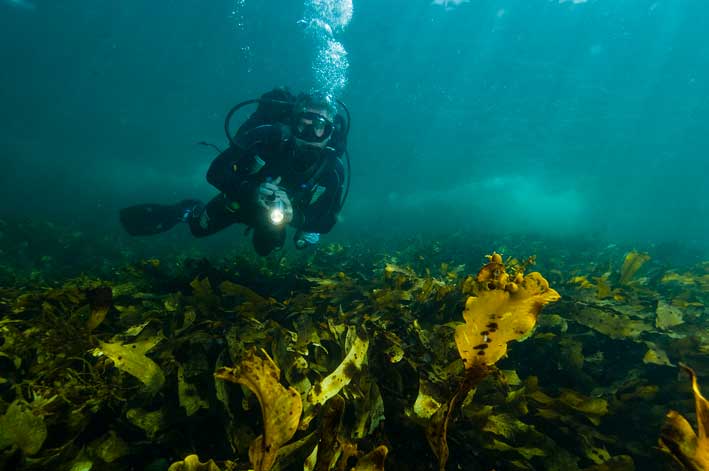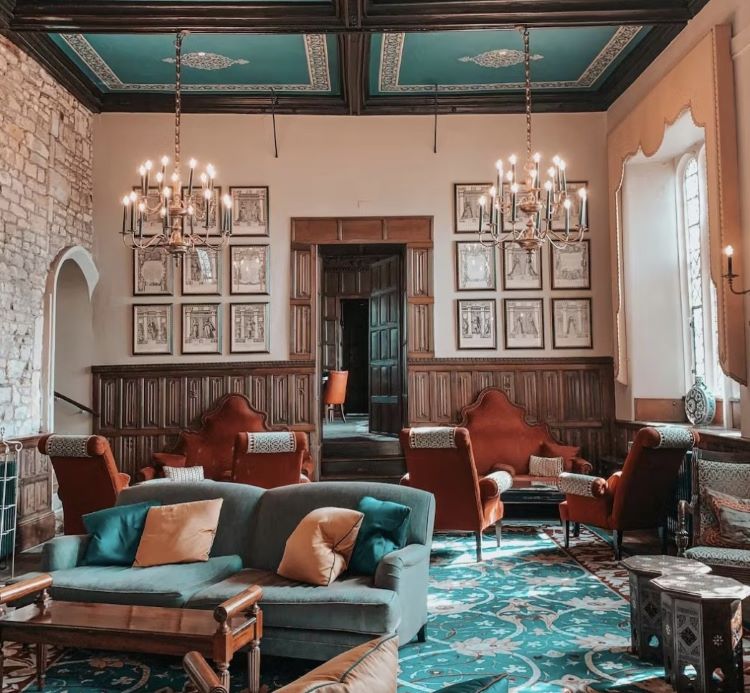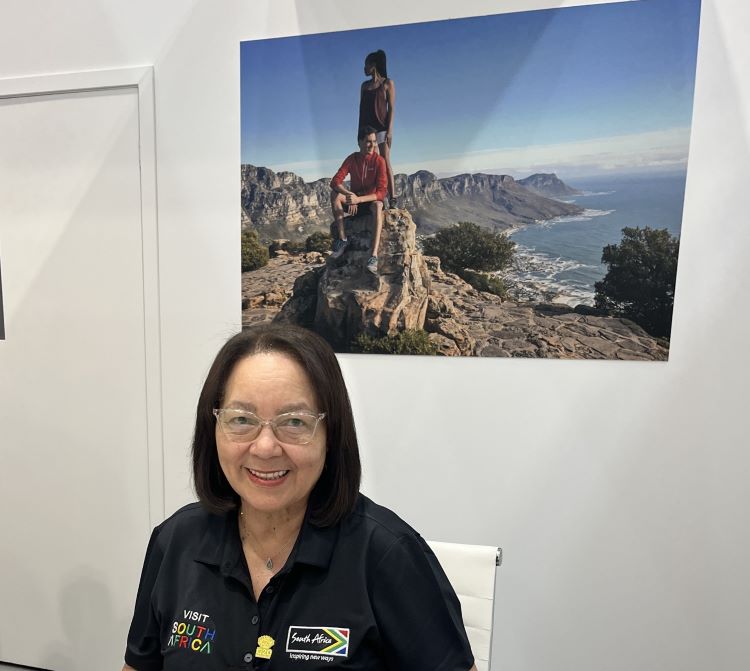New Delhi: The Sultanate of Oman abounds with various underwater/submerged cultural heritage, which is witness to its role as an axis of the human civilizations since the early prehistoric periods. Since several ships, coastal human settlements and aircrafts containing collectibles with cultural and economic significance sunk in the Omani territorial waters, it prompted the Ministry of Heritage and Tourism (MHT) to establish a directorate for the underwater antiquities, the first unit of its kind in the GCC region.
Ayyoub Nagmoush Al-Busaidi, Director, Directorate of the Underwater Submerged Antiquities, Ministry of Heritage and Tourism (MHT), said, “The underwater archaeological sites and ships are a source of precious historical information as they contain antiquities of human existence. The archaeology aims to analyze the antiquities, identify the origins and the development of civilizations.”
“Underwater archaeology is a scientific discipline that deals with the studying sites, man-made objects, human remains, and submerged landscapes. This science should be placed within its broader framework of marine archaeology, which studies human relationships with oceans, lakes, and rivers, while complementing it with navigation,” he added.
In 2012, the MHT has launched a program aiming to identify the resources and components of these antiquities, enumerating them, and determining their nature, and protecting them from illegal trade/natural factors, he added. The department is now working on formulating rules for protection, management, employment, conducting surveys, excavations, restoration, preserving, documenting archaeological sites, analyzing the results, and presenting them to the local and international community.
It may be noted that Oman’s maritime history dated back to the 3 BC, when commercial activity flourished in Mesopotamia and the Nile Valley. After Omanis gained good expertise in navigation in the 18th century, Muscat emerged as one of the most important trade centers in the Indian Ocean.
Several techniques have been used in the underwater archaeological survey. Most effective of all is an advanced navigation system by means of GPS satellite positioning, and special ships equipped with remote sensing devices such as Magnetometer, Side Scan Sonar, Multi-beam, and Sub-Bottom Profiler in addition to the Marine geophysics equipment.
All data, pictures and drawings will be collected and documented by computers for processing and later dealing with the site of the finds and archaeological remains in accordance with the data that was concluded.
He added, “The department is working to give a character to activities undertaken in underwater antiquities in Oman. Research has been conducted in the framework of underwater archaeology, in accordance with three axes—surveys, excavation, restoration and preservation. After extracting the antiquities, restoration and preservation work of the objects containing metal and glass must be carefully dried. As these artifacts have been wet for many years, they must first be preserved, to prevent decay or damage.
MHT, Al-Busaidi said, secures the preservation of such archaeological finds, conducts surveys, excavations, restorations, preserves and documents archaeological sites, including training cadre on methods used in restoration, preservation, and documentation.
 TravTalk India Online Magazine
TravTalk India Online Magazine





